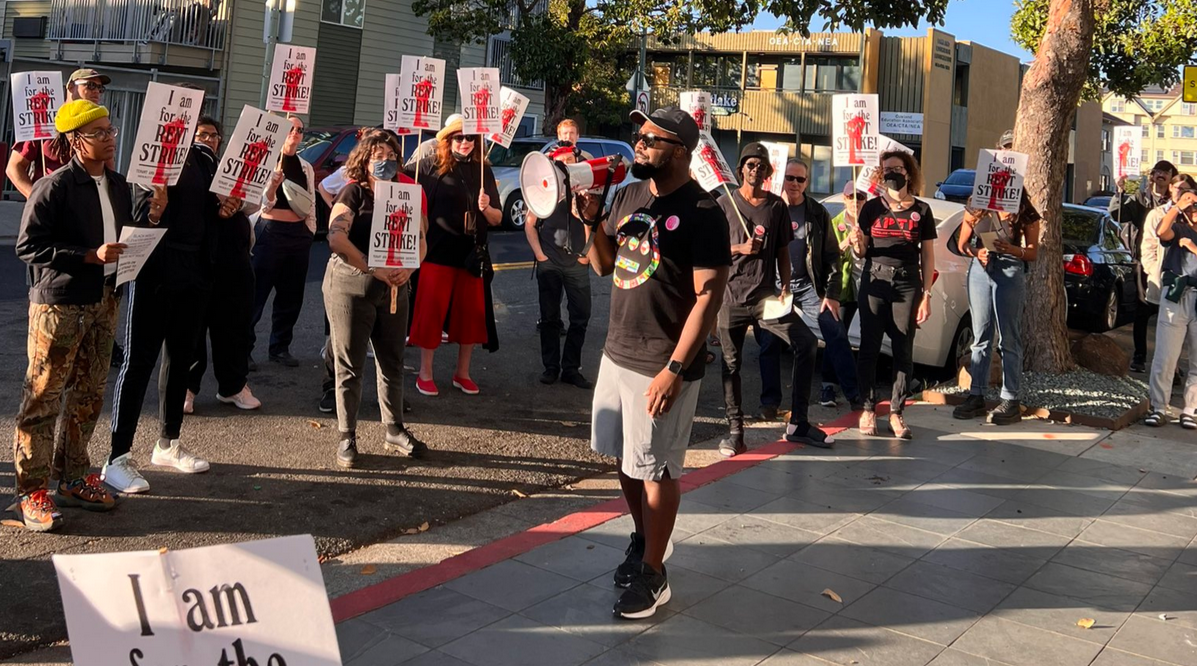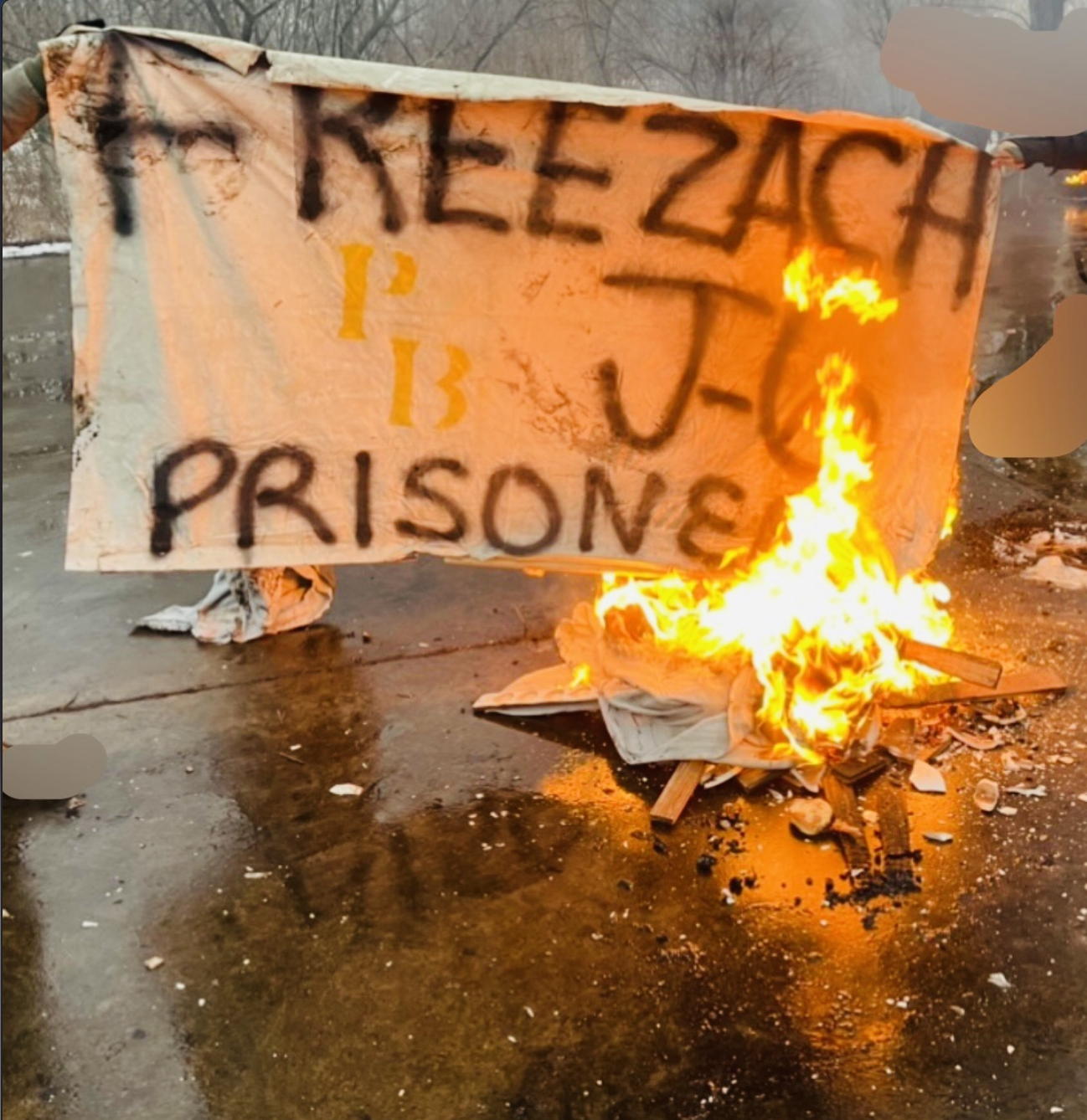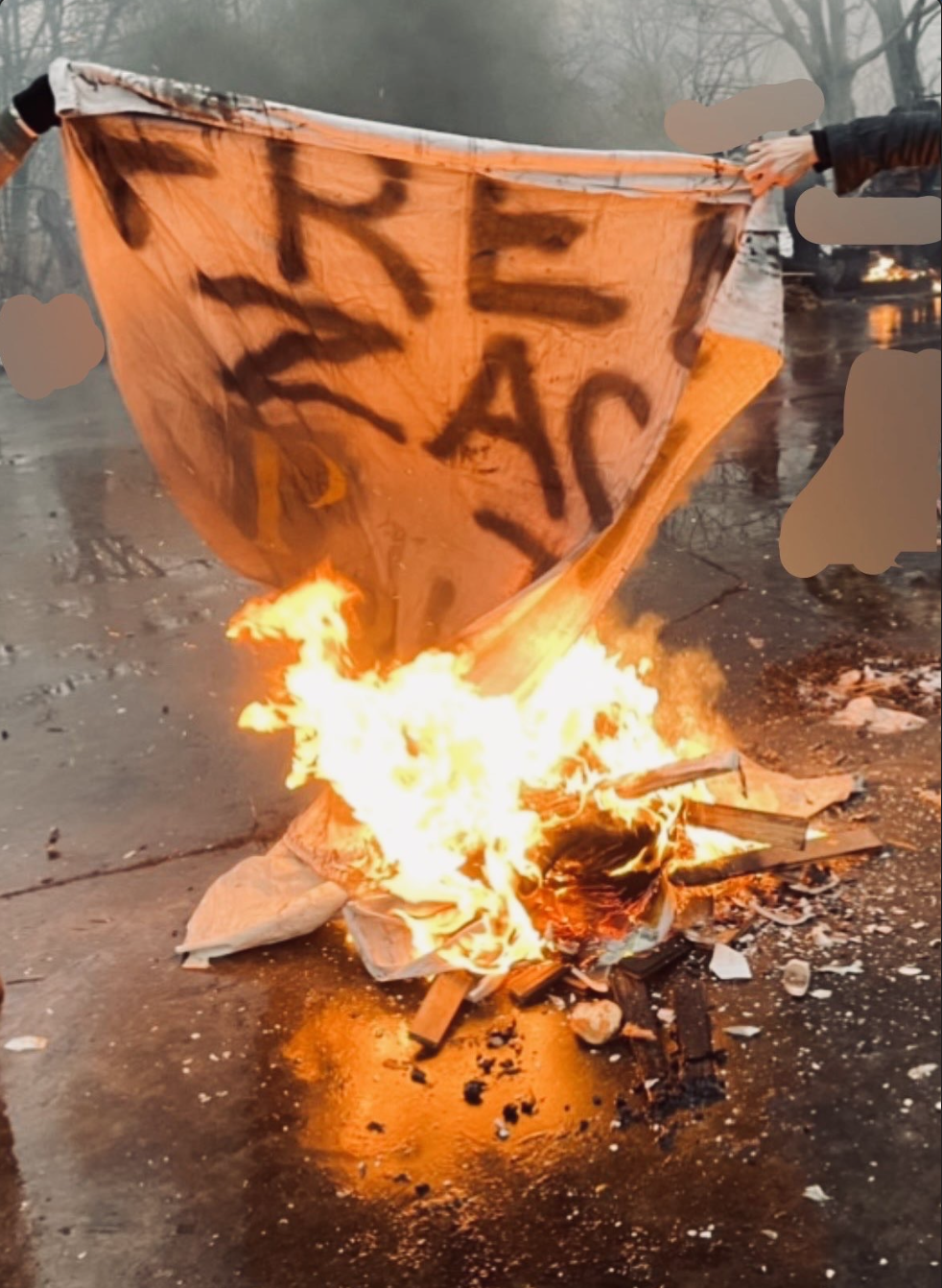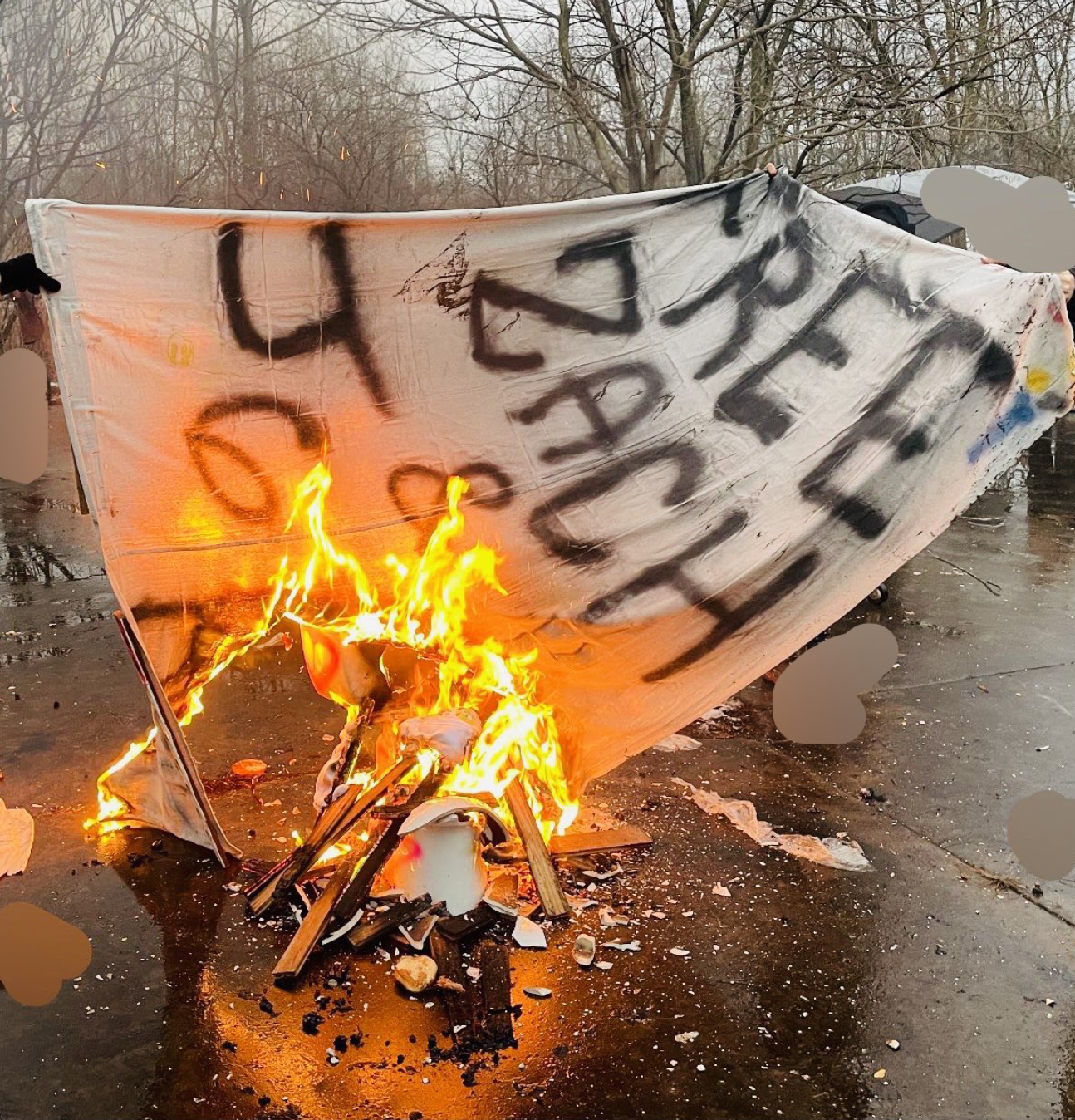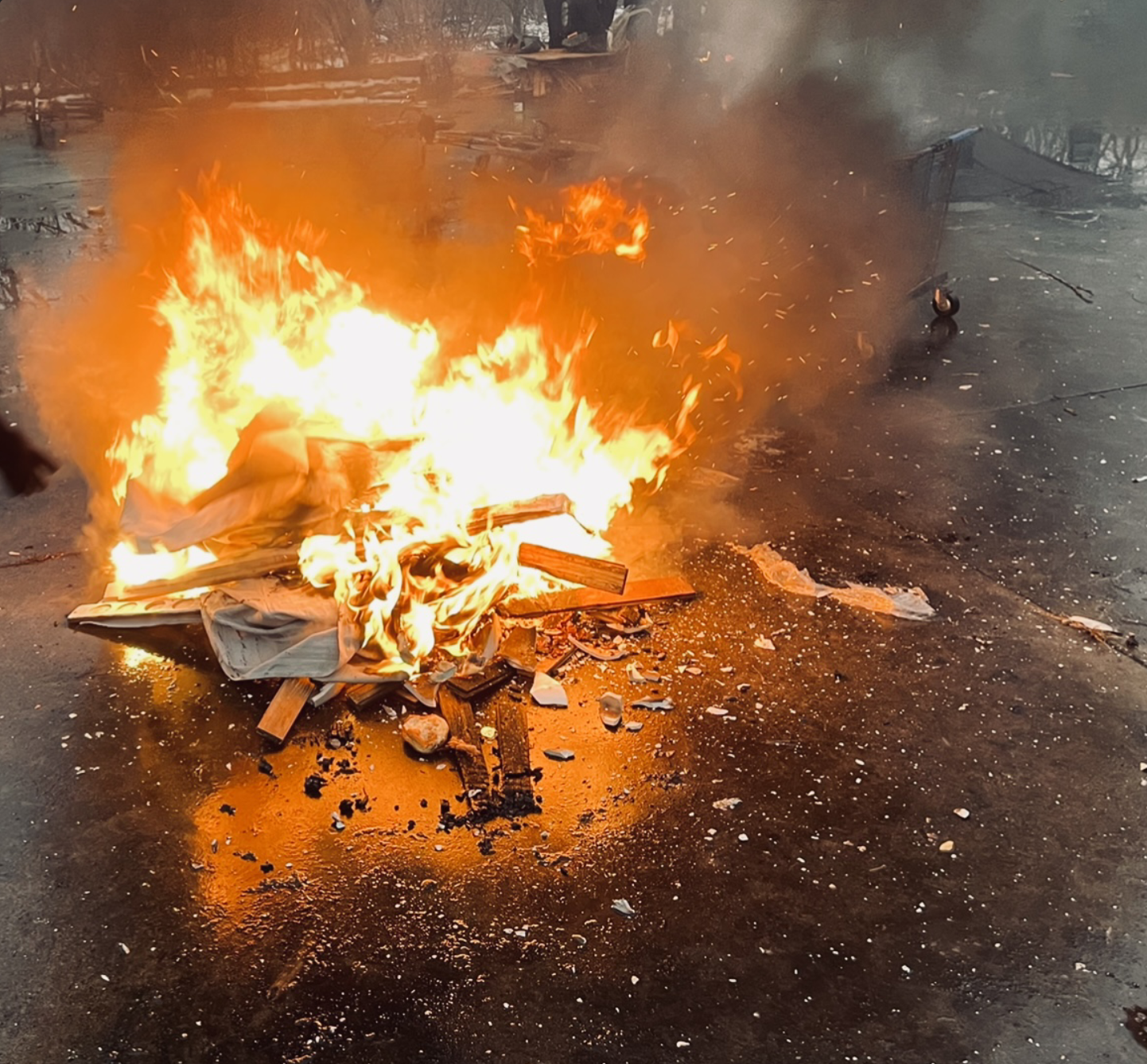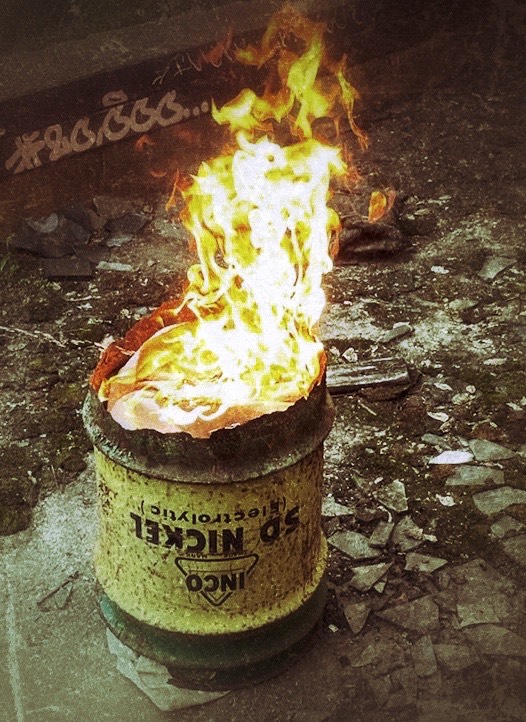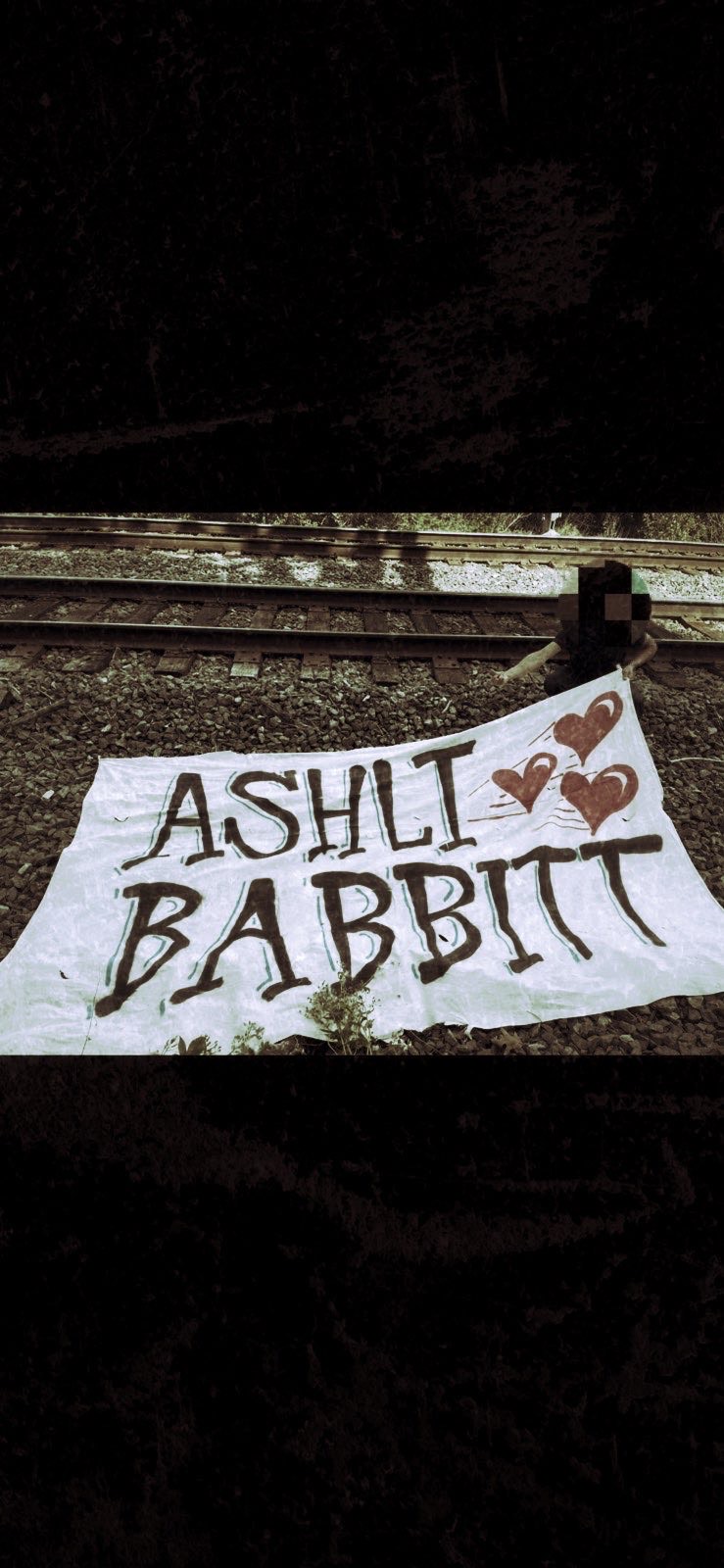from It’s Going Down
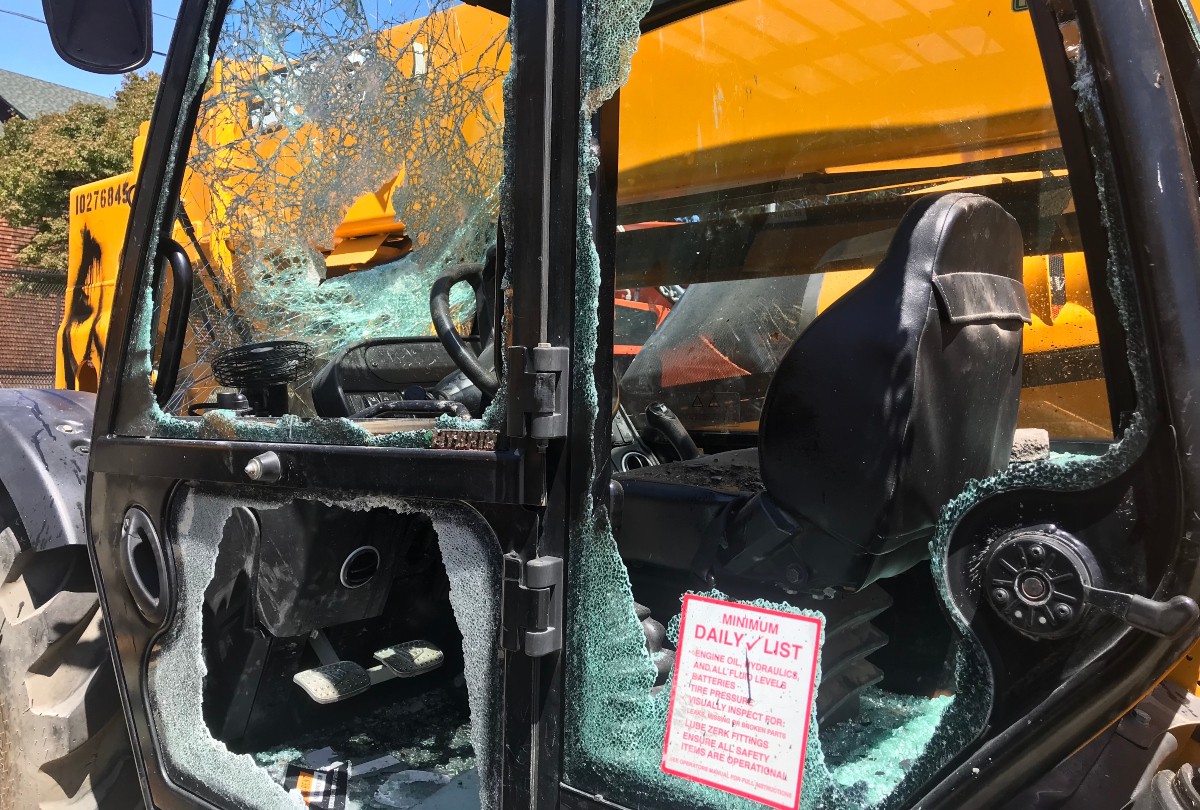
[This post only contains information relevant to Philadelphia and the surrounding area, to read the entire article follow the above link.]
Download pamphlet: Print – Tabloid [For a Risograph]
Download action poster: Print – Tabloid [For a Risograph]
This summer also saw attacks proliferate in solidarity with the ongoing campaign to defend the Atlanta Forest. The defense of forests and other places that have so far evaded the reach of urban sprawl is starting to slowly spread elsewhere, with the “Save the Meadows” campaign in Philadelphia and the struggle to defend People’s Park in Berkeley, California. Will this strategy — of finding local ways to defend the forest, which those fighting in Atlanta remind us is everywhere — continue to spread? While it can definitely be simpler to take action in solidarity with a relatively high-profile campaign that has an easily defined objective, what could it look like to spread a combative defense of land, and the relationships we form through meeting there, across a multitude of different places?
Such campaigns often speak to a need to stop environmental destruction as we look ahead to a future of accelerating climate collapse, forgetting that we are already living in the aftermath of an ecological and social apocalypse. Over the past 450 years, colonization has decimated the ecological landscape of this entire continent, robbing and removing people across the globe from their land through a multitude of forced migrations, and the new wave of climate disasters is its logical consequence. This is not to suggest that we should give up the fight against the coming changes, but to put the current climate crisis in a historical context of survivance, specifically that of violently uprooted and colonized peoples as well as of non-human species. [4] Positioning our struggles as either part of or in solidarity with that tradition of survival, rather than thinking of it as a brand-new situation, might further shake the legitimacy of the State and its hold on us all. And maybe one day the struggle to defend the forest will once again be everywhere.
[4] The term “survivance” describes a type of resistance to the United States that is specific to indigenous and other colonized people, one that combines practices of survival and resurgence.
Action Briefs
6/12: Philadelphia, Pennsylvania
All of the windows of the Hope pro-life center are smashed out by the Anti Hope Brigade.
6/17: Philadelphia, Pennsylvania
Anti-Gentrification Action/Another Gay Anarchists attack two construction sites. Paint and glass etch were used against the windows of a luxury apartment construction, and the windows of another were smashed out. “We did this to fight gentrification and to contribute to the new wave of anarchist attack in the US. We also did this to have fun!”
7/6: Philadelphia, Pennsylvania
Janes Revenge smashes the front windows of a pro-life union that runs two centers and an anti-abortion hotline. “Solidarity with all those attack the state, capital, civilization, and patriarchy.”
8/24: Philadelphia, Pennsylvania
A stand of pine trees in the meadows of FDR park, which is in the process of getting developed, are marked with signs warning some of them have been “spiked.” The spiked stand of trees is discovered a week later amid a larger clearcut swath.
8/27: Philadelphia, Pennsylvania
Six pieces of construction equipment are ruined overnight in the meadows of South Philadelphia’s FDR Park, which is slated to be clearcut as part of a “revitalization project.”
9/6: Philadelphia, Pennsylvania
Four pieces of heavy machinery being used to cut down forest and develop the Cobbs Creek Golf Course are sabotaged. “There doesn’t need to be a bigger campaign going on for us to take matters into our own hands and try to stop some of the destruction that surrounds us.”

